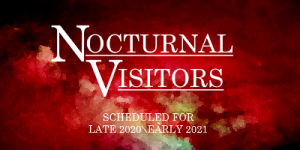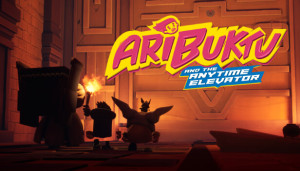A Guide to Compelling Gaming Photography
Gaming photography is a unique and captivating form of digital art. It unites the excitement of playing with the aesthetic appeal of images. Gaming photos are creative visual narratives that include the intense action of a battle or the intricate details of characters’ expressions, inviting viewers to share the players’ emotions from the particular virtual universe.
The importance of gaming photography has skyrocketed in recent years. As games become more visually stunning and storytelling within games becomes more complex, the need to document these experiences has grown. Players have become artists, able to showcase and develop their creativity without leaving the convenient interface of their favorite game.
This guide aims to help you master the art of capturing compelling gaming moments. Whether you are an enthusiastic player or a professional photographer, use our tips to turn your gaming screenshots into breathtaking artwork.
Preparing for the Perfect Picture
This photography genre’s level of creativity and control is higher than in traditional styles. Photographers can transform the canvas for their art the way they like as many times as necessary to represent their creative vision perfectly. No manual efforts, additional gear, or props are required. Everything you need, from models to backgrounds, is easily accessible in digital format.
Look for games with rich visual details, dynamic lighting, and immersive environments. Story-driven games often provide excellent opportunities for emotional and dramatic shots, while action games can offer stunning displays of movement and energy.
A high-performance computer or gaming console is the only equipment you need to take a shot. Ensure the screenshot mode is activated in your game to pause the action and frame the perfect shot. Learn how to pause the game, adjust the camera angles, and apply filters to enhance your shots.
As you may know, lighting and composition are cornerstones of any photography genre. Lighting is excluded from this equation for digital landscapes, but basic compositional rules (the rule of thirds, framing, and leading lines) are still essential.
Taking a Shot
When you capture a battle scene, the timing makes a difference between an average and an outstanding shot. Use burst shooting, where multiple frames are captured in quick succession. It ensures you don’t miss the perfect moment when characters clash or explosions occur. Pay attention to the visual cues and practice capturing different types of action to improve your timing and reflexes. Highlighting key moments within battles and missions involves focusing on the most intense and visually dramatic points. Look for opportunities for the most dynamic action, such as a character’s finishing move or a dramatic explosion.
To capture striking character close-ups, utilize the game’s photo mode to zoom in. Focus on facial expressions, clothing details, and other unique features. Adjust the camera angle to create interesting perspectives. Use the in-game lighting to enhance the mood and atmosphere. Experimenting with different depths of field can also add a professional touch to your close-ups. A shallow depth of field, where the background is blurred, can make the character stand out and draw attention to specific details.
Post-Processing
Even though game photographers do not need to invest in lenses or tripods, image post-processing software is a must-have. Popular programs like Adobe Photoshop and Lightroom offer a wide range of tools. With these programs, you can perform basic adjustments like color correction, brightness, and contrast. Correct color imbalances for a natural and vibrant look. Ensure your photo is neither too light nor too dark. Play with contrasts to achieve depth and dimension.
Most photo editors include advanced enhancement capabilities. Background manipulation, for example, can help focus attention on the main subject of your photograph. You might blur the background slightly to create a shallow depth-of-field effect or enhance certain background elements to add context and interest to the shot.
Effects (lens flares, motion blur, vignettes, etc.) can add a cinematic quality to your images. Apply effects cautiously to prevent overshadowing the main elements of your shot.
There are also AI image editing programs like Luminar Neo and Topaz Labs. AI can help with tasks such as noise reduction and sharpening and suggest creative enhancements based on the content of your image. AI-driven tools automate basic tasks, saving you time and effort. They are particularly useful for gaming photography. AI can automatically detect and enhance the key features of characters, improve the textures in the environment, and balance the overall composition of the shot.
Conclusion
In this guide, we explained the main aspects of gaming photography, from setting up your environment and mastering composition to capturing epic battles and character close-ups. We explored the importance of timing and creativity in capturing dynamic shots and the benefits of using AI image editing tools to enhance your photos during post-processing. So, grab your controller, fire up your favorite game, and start capturing those unforgettable moments. The world of gaming photography awaits your unique perspective and creative touch.









